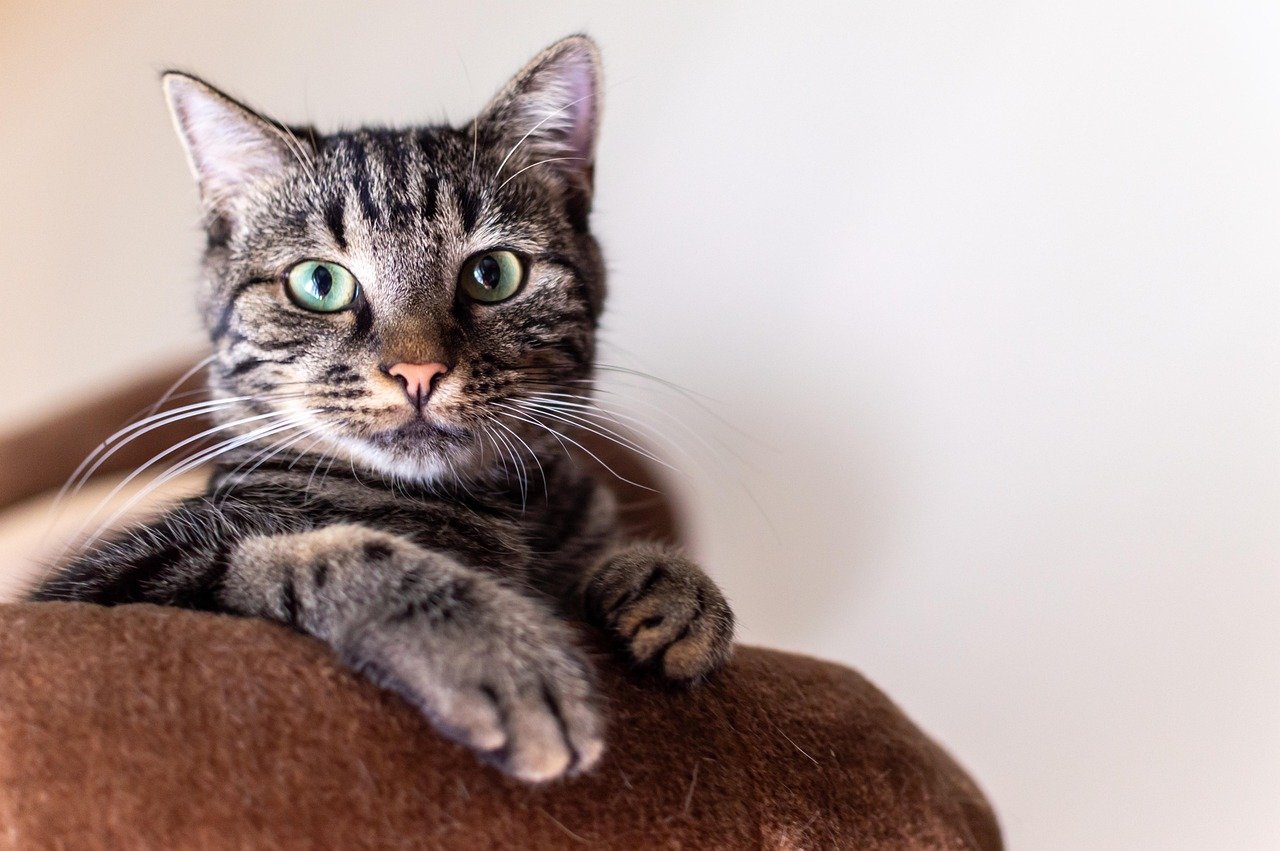Cats, with their mysterious and independent nature, are often misunderstood creatures. While they may not express their feelings as overtly as dogs, they do have their own ways of communicating emotional distress. When a cat feels emotionally neglected, it will exhibit certain behaviors that can seem puzzling to their human companions. Understanding these behaviors is crucial for any cat owner who wants to ensure their feline friend feels loved and secure. Let’s delve into six things cats commonly do when they feel emotionally neglected.
Becoming More Vocal
One of the first signs that a cat may be feeling emotionally neglected is an increase in vocalization. Cats have a wide range of sounds they use to communicate, from meows and purrs to hisses and growls. If your usually quiet cat suddenly starts meowing more frequently or loudly, it might be trying to tell you something. Imagine this as their version of saying, “Hey, I’m here, and I need your attention!” This behavior can be likened to a child crying out for a parent’s attention when they feel ignored. It’s a call for connection and a sign that your cat is seeking interaction and reassurance from you.
Excessive Grooming or Lack of Grooming
Cats are known for their meticulous grooming habits. However, when they are feeling emotionally neglected, these habits can change dramatically. Some cats might start grooming excessively, to the point of causing bald patches on their fur. This can be a sign of stress or anxiety. On the flip side, other cats might stop grooming altogether, resulting in a matted and unkempt coat. Both extremes are a way for cats to cope with emotional discomfort. Just as people might bite their nails when anxious, cats might turn to grooming as a way to self-soothe or, conversely, they might neglect it altogether when they’re feeling down.
Changes in Eating Habits
A cat’s eating habits can be a clear indicator of its emotional state. When a cat feels neglected, it might either overeat or lose its appetite entirely. Some cats might start eating more as a way to comfort themselves, while others might refuse food because they’re too upset to eat. This is similar to how people might turn to comfort food when feeling lonely or stressed. It’s important to monitor your cat’s eating habits closely, as any significant changes could be a sign that they’re not feeling emotionally secure. Providing a stable routine and ensuring they have your attention during meal times can help alleviate this issue.
Destructive Behavior

Cats are naturally curious and playful creatures, but when they feel neglected, they might resort to destructive behavior to get noticed. This could include scratching furniture, knocking over objects, or even urinating outside the litter box. Such behavior is often a cry for attention, as if to say, “Look at me! I need you!” It’s similar to a toddler throwing a tantrum when they feel ignored. Providing your cat with interactive toys, scratching posts, and plenty of playtime can help redirect this energy and prevent destructive tendencies.
Withdrawing and Hiding
On the other end of the spectrum, some cats might choose to withdraw and hide when they feel emotionally neglected. They might retreat to a quiet corner, under the bed, or inside a closet, avoiding contact with their human companions. This behavior is a way for the cat to protect itself when it feels vulnerable. It’s akin to a person isolating themselves when they’re feeling down or overwhelmed. If your cat starts hiding more than usual, it’s important to gently coax them out and spend quality time with them to reassure them of your love and presence.
Increased Aggression
A cat that feels emotionally neglected might also exhibit increased aggression. This can manifest as biting, scratching, or hissing more frequently. It’s a defensive mechanism, much like how people might lash out when they’re feeling hurt or ignored. This behavior is often a sign of underlying emotional distress. Understanding that this aggression is not personal but a cry for help can help in addressing the root cause. Providing a calm and nurturing environment, along with regular interaction and play, can help alleviate this behavior over time.
In conclusion, understanding these behaviors can help you address your cat’s emotional needs effectively. By being attentive and responsive to their signals, you can create a loving and secure environment for your feline friend.
Hi, I’m Bola, a passionate writer and creative strategist with a knack for crafting compelling content that educates, inspires, and connects. Over the years, I’ve honed my skills across various writing fields, including content creation, copywriting, online course development, and video scriptwriting.
When I’m not at my desk, you’ll find me exploring new ideas, reading books, or brainstorming creative ways to solve challenges. I believe that words have the power to transform, and I’m here to help you leverage that power for success.
Thanks for stopping by, Keep coming to this website to checkout new articles form me. You’d always love it!






